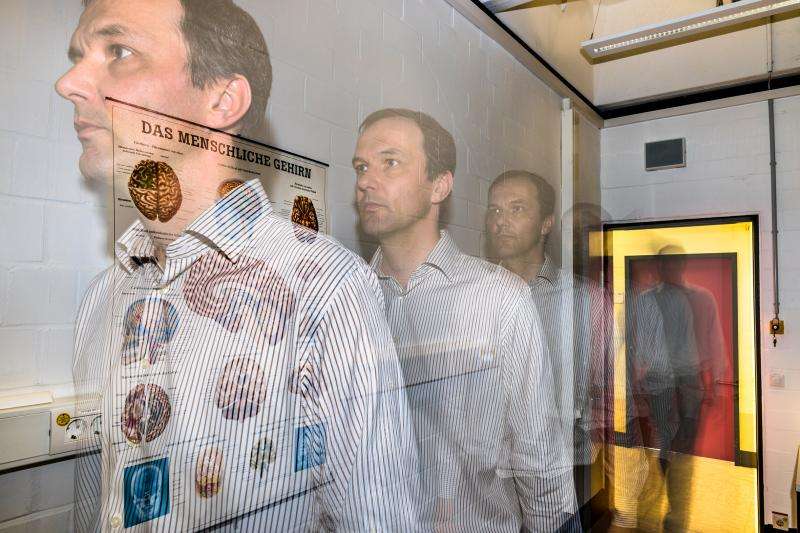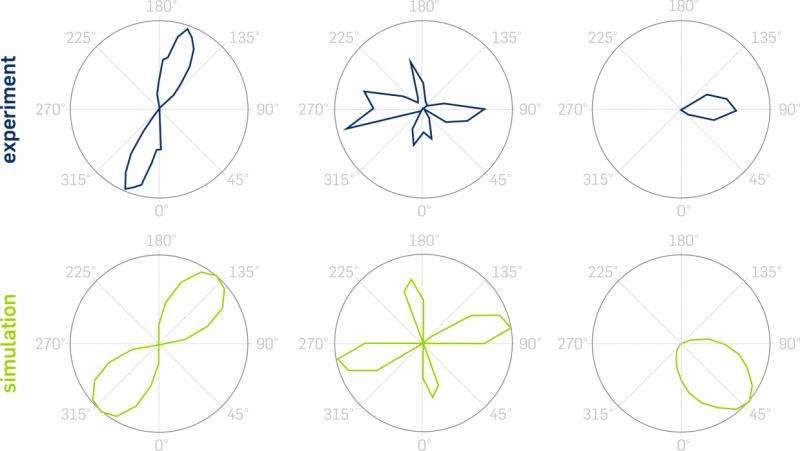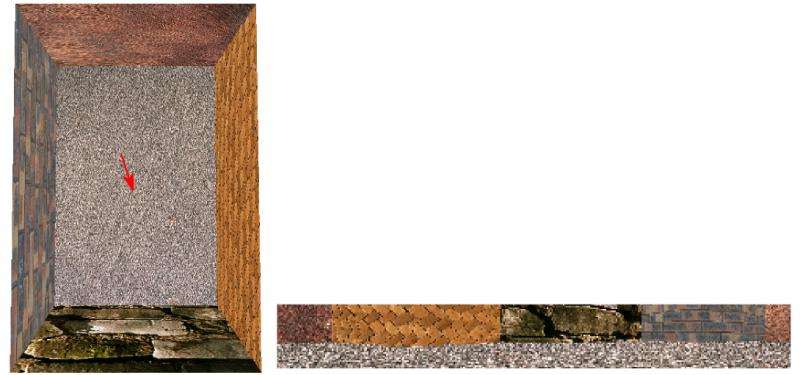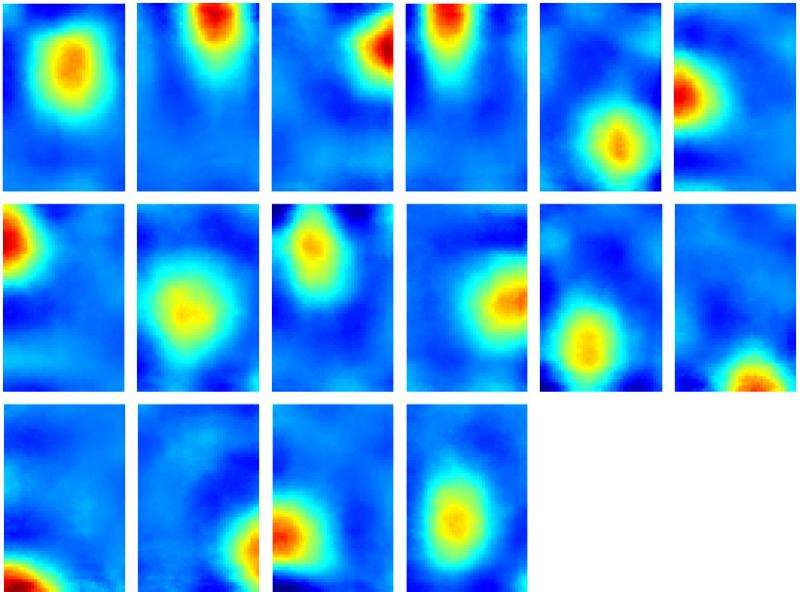Prof Laurenz Wiskott investigates slowness as organisation principle for the brain. Credit: RUBIN, photo: Gorczany
The brain is so complex that its structure cannot be completely determined by genetics. Neuroscientists at the Ruhr-Universität Bochum (RUB) attempt to figure out which mechanisms nerve cells use to organise themselves. They have suggested that slowness may be the decisive factor. The Ruhr-Universität's science magazine RUBIN reports.
Cells extract features that vary slowly
Prof Dr Laurenz Wiskott from the RUB Neural Computation Institute has been continuously developing the slowness principle since 1998. It states that the brain extracts features from the input signals that change only slowly in the course of time. Based on those slowly varying features, the organisation structures of the nerve cells form. Laurenz Wiskott has created an algorithm, with which he can test the slowness principle in computer simulations. It is called Slow Feature Analysis.
Slowness principle can, for example, explain the formation of place cells
The input fed into the algorithm consists of video sequences. It searches for functions that extract features from the images which change as slowly as possible. After the simulation is completed, the analysis renders a set of different functions. Each corresponds with one cell with specific features. Thus, the Slow Feature Analysis generates nerve cells that have been described in numerous experiments. The researchers can thus, for example, explain the formation of place cells, i.e. nerve cells that fire only if an individual is in a certain location within a setting. They were found in experiments in the hippocampus of rats, a brain structure that, among other things, is responsible for spatial navigation. With the Slow Feature Analysis, RUB PhD student Fabian Schönfeld has recently reproduced the results of six additional physiological experiments.
Facial recognition through slow feature analysis
Wiskott's team is researching into other areas as well, where the slowness principle could prove useful. The researchers have trained their algorithm to estimate, for example, the age of individuals based on a photo, with a precision of plus/minus 3.7 years.
-
Fig. 1 So-called complex cells in the visual cortex fire particularly strongly when they "see" a stripe pattern with a specific orientation.
-
Fig. 2 In physiological studies (top), researchers have discovered cells that preferably react to stripe patterns with a specific orientation. The distance between the measurement points and the centre represents the firing rate when a pattern with a specific orientation is observed, which is indicated at the rim. The Slow Feature Analysis (bottom) generates very similar cells. Credit: RUBIN, data source for top row of images: De Valois et al., 1982
-
Fig. 3 The group at the Neural Computational Institute simulates in what way a rat – represented by the red arrow – moves through the setting. Based on the images that the rat perceives with its 320-degree vision (right), place cells are generated in the Slow Feature Analysis. Credit: Franzius, Sprekeler, Wiskott (2007), PLoS Comp. Biol., DOI: 10.1371/journal.pcbi.0030166
-
Fig. 4 The hippocampus contains cells – so-called place cells – which fire only when an individual is in a specific location within the setting. The Slow Feature Analysis can explain the principles underlying the formation of such cells. Credit: Franzius, Sprekeler, Wiskott (2007), PLoS Comp. Biol., DOI: 10.1371/journal.pcbi.0030166
Provided by Ruhr-Universitaet-Bochum

























